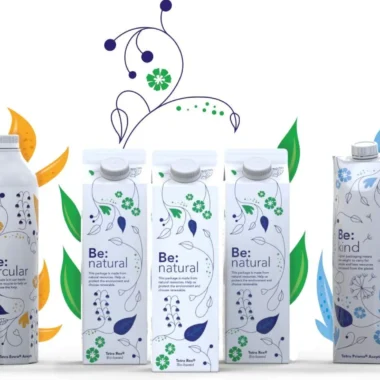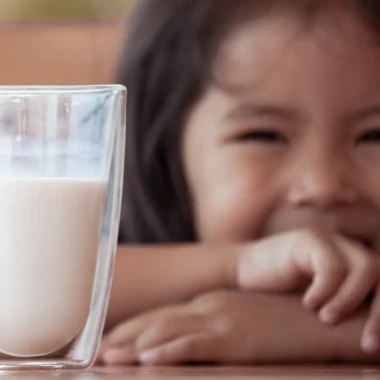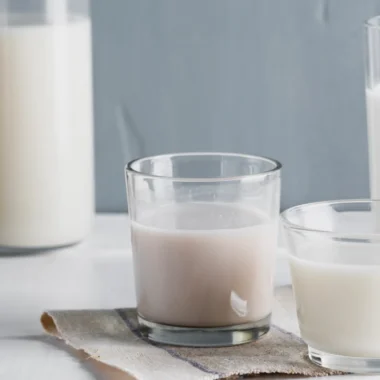What is Tetra Pak?
Who Invented Tetra Pak?
How is Tetra Pak Made?
Tetra Pak packaging is crafted using a multi-layered approach that combines different materials, each contributing to the overall effectiveness of the package. The typical Tetra Pak carton consists of the following layers:
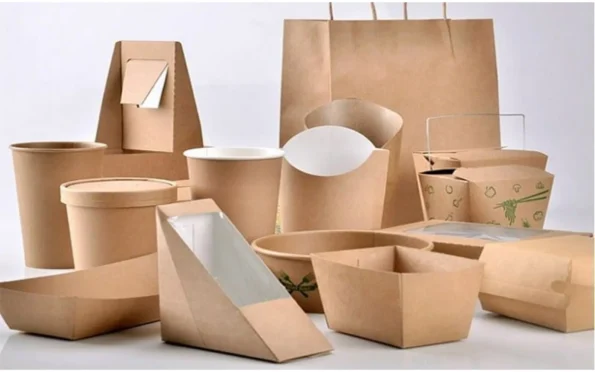
Paperboard
This is the main structural component, providing strength and rigidity to the package. The paperboard is sourced from responsibly managed forests.
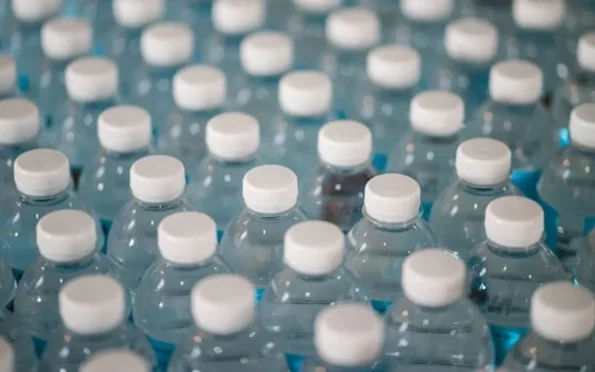
Polyethylene
Several layers of polyethylene (a type of plastic) are used to seal the package and protect it from moisture. These layers ensure that the liquid contents do not leak and maintain their quality.
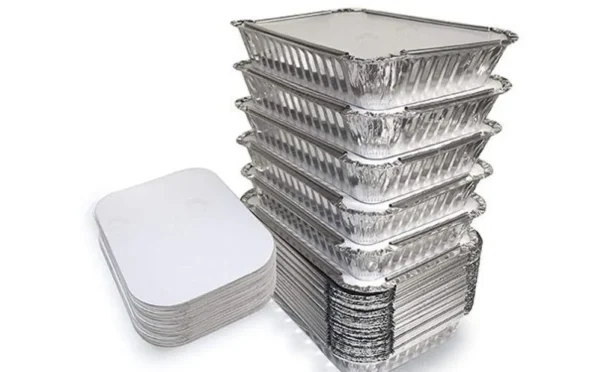
Aluminum Foil
A thin layer of aluminum foil acts as a barrier against light, oxygen, and external contaminants, helping to preserve the freshness and nutritional value of the product inside.
The manufacturing process involves forming these layers into a continuous roll, which is then printed with product information and cut into individual packages. The filling process takes place in a sterile environment to ensure that the contents remain uncontaminated. This aseptic processing is crucial for extending the shelf life of the packaged goods.
Market Leaders in Tetra Pak Production
Tetra Laval Group
Tetra Pak is part of the Tetra Laval Group, which also includes Sidel and DeLaval. Sidel focuses on packaging solutions for beverages, while DeLaval specializes in dairy farming equipment. Together, these companies form a powerful force in the food and beverage industry, driving innovation and sustainability.
Other Key Players
While Tetra Pak holds a dominant position in the market, there are other companies that also contribute to the industry with their own packaging solutions:
SIG Combibloc: Another major player in the aseptic packaging market, SIG Combibloc provides innovative carton solutions for the food and beverage industry. The company is known for its flexibility and adaptability in packaging design.
Elopak: Specializing in paper-based packaging solutions, Elopak focuses on sustainability and renewable materials. Their Pure-Pak cartons are widely used for milk and other beverages.
Greatview Aseptic Packaging: A leading supplier of aseptic cartons, Greatview offers cost-effective packaging solutions and has a significant presence in the global market.
The Future of Tetra Pak Packaging
The future of Tetra Pak packaging looks promising as the company continues to innovate and adapt to changing consumer preferences and environmental challenges. With a strong focus on sustainability, Tetra Pak is exploring new materials and technologies to further reduce its environmental impact and enhance the performance of its packaging.
Conclusion
Tetra Pak has revolutionized the packaging industry with its innovative, sustainable, and practical solutions for liquid foods and beverages. Invented by Ruben Rausing, Tetra Pak packaging offers extended shelf life, convenience, and superior food safety. As the market leader, Tetra Pak continues to drive innovation and sustainability in the industry, making it the go-to choice for businesses and consumers worldwide.
Understanding the benefits and processes behind Tetra Pak packaging helps appreciate the technology that keeps our favourite beverages and liquid foods fresh and safe. As the demand for sustainable and efficient packaging solutions grows, Tetra Pak remains at the forefront, leading the way towards a more sustainable future.


